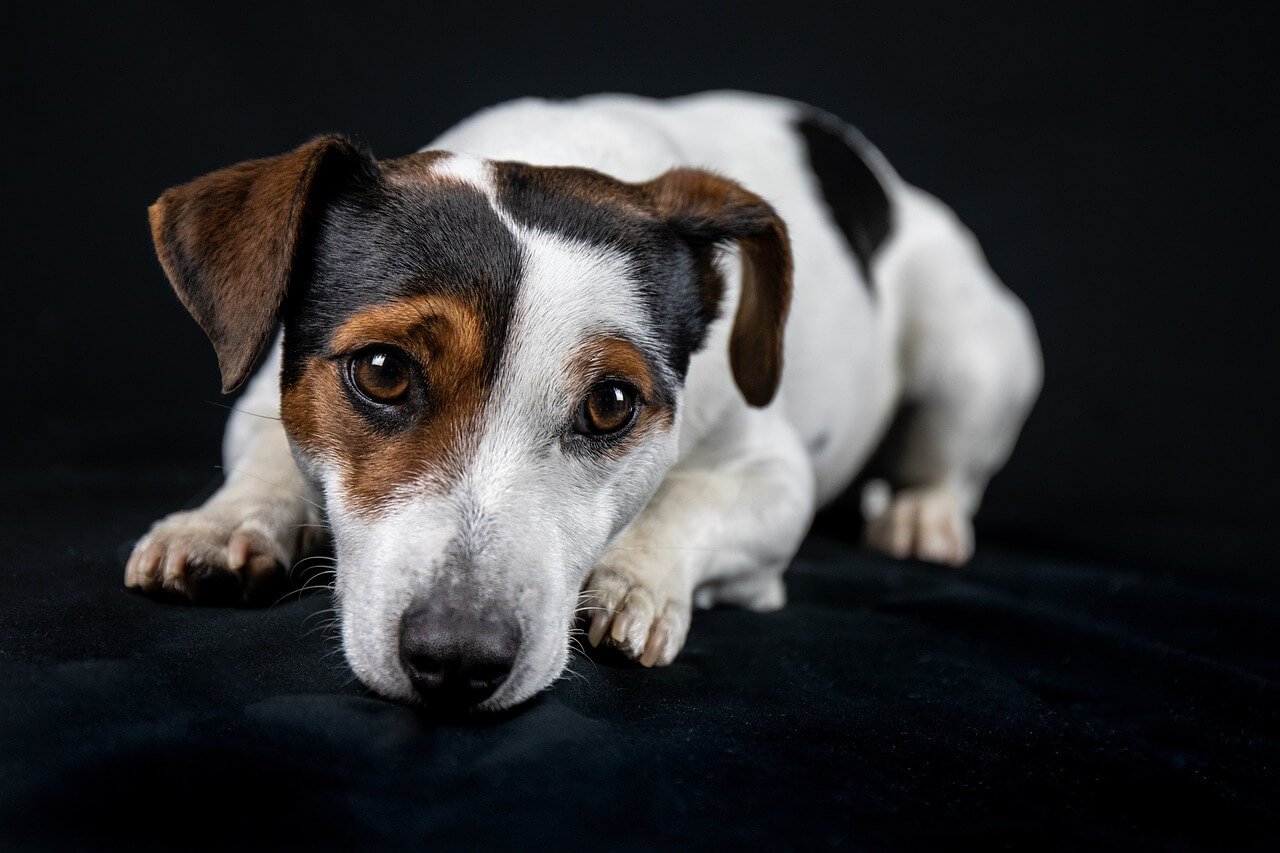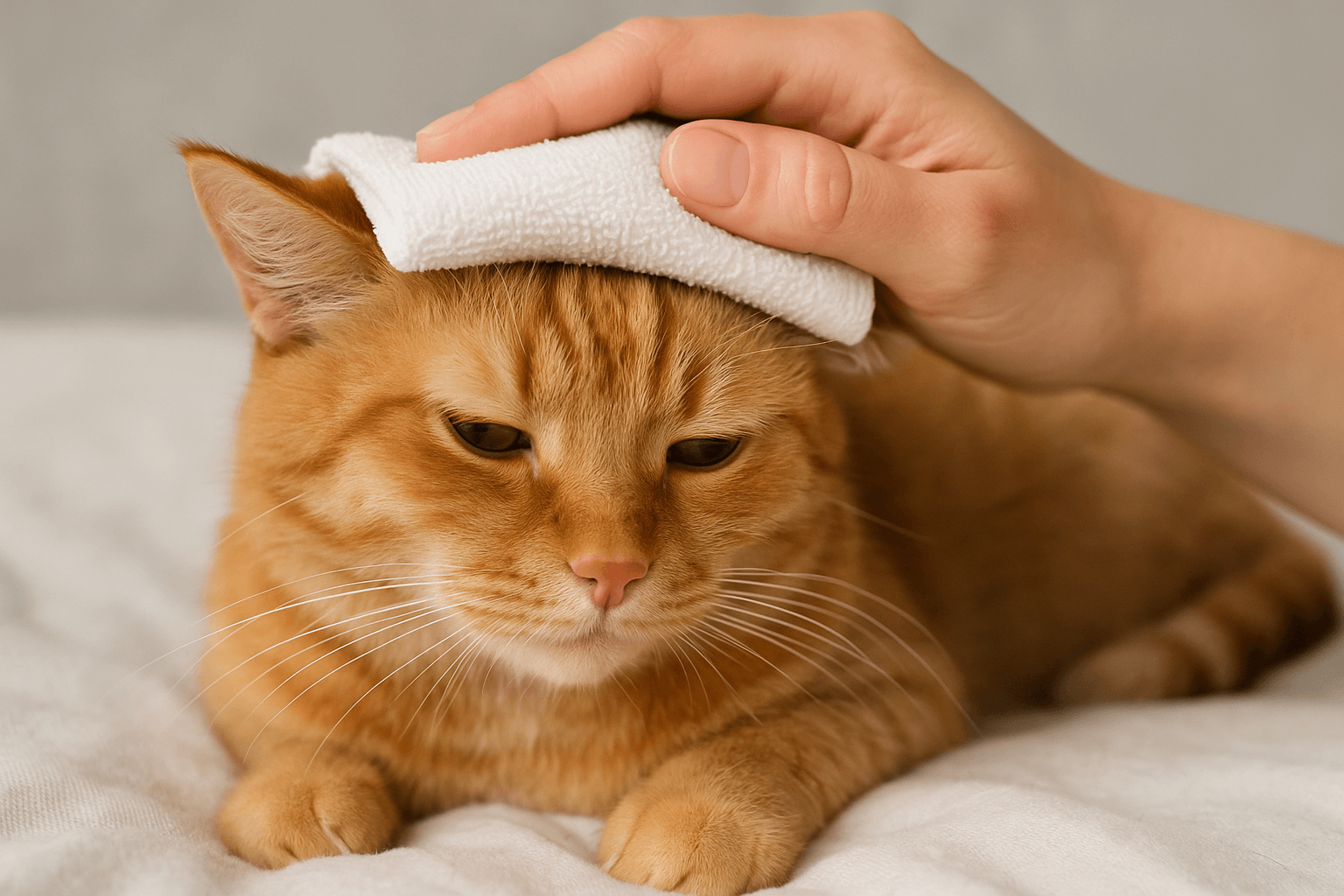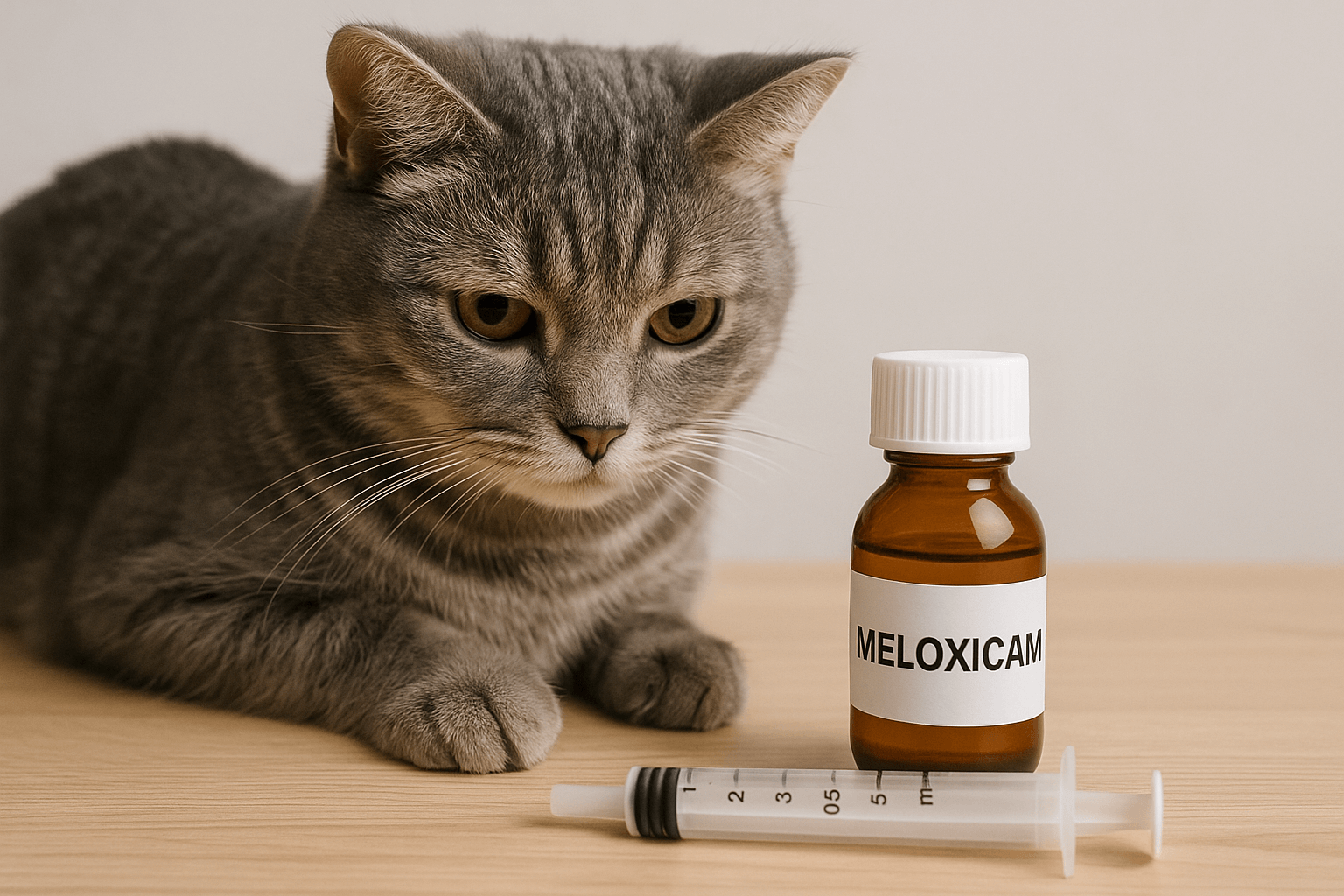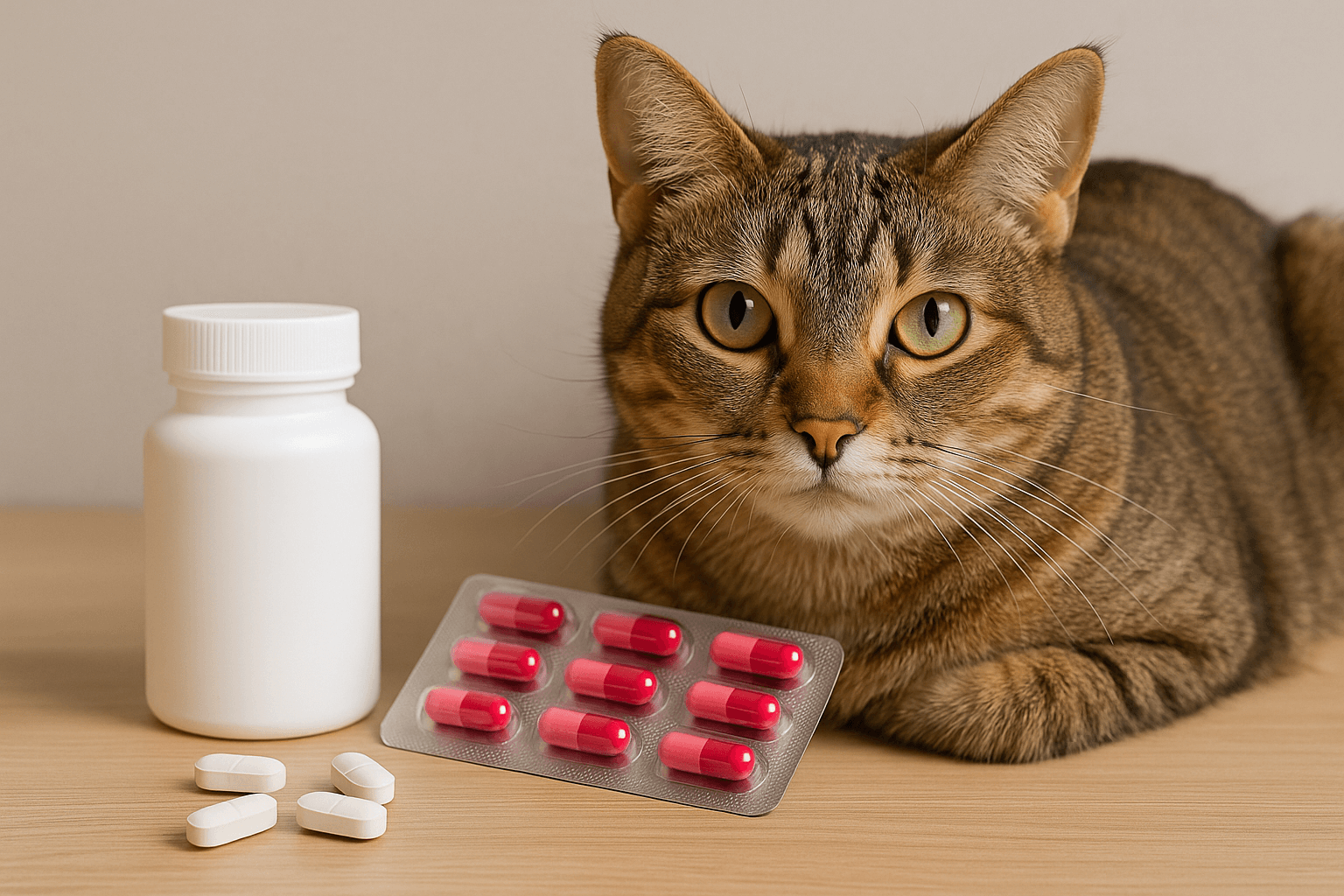What to Do If Your Dog Drank Bleach Water
As a pet owner, the thought of your furry friend ingesting something harmful can be absolutely terrifying. One of the most alarming scenarios is discovering that your dog has consumed bleach water. Whether it was from curiosity or an accidental spill, this situation requires immediate attention. The burning question on your mind is likely, “Will my dog die?” While the outcome depends on several factors, including the amount consumed and how quickly you act, there are steps you can take to protect your beloved companion. In this blog post, we’ll guide you through what you need to know and do if your dog drank bleach water, so you can respond calmly and effectively.
Understanding the Risks of Bleach Ingestion
When your dog consumes bleach water, the severity of the situation depends on various factors. Here’s a breakdown of what you should consider:
The Concentration of Bleach: Household bleach typically contains sodium hypochlorite, which can vary in strength. Higher concentrations pose greater risks.
The Amount Consumed: A small lick of diluted bleach water might not be as dangerous as drinking a large quantity. Always assess how much your dog may have ingested.
Your Dog’s Size and Breed: Smaller dogs are more vulnerable to the effects of bleach due to their lower body weight compared to larger breeds.
Time Since Ingestion: Quick action is crucial. The sooner you address the issue, the better the chances of minimizing harm.
Symptoms Observed: Look for signs such as drooling, vomiting, coughing, difficulty breathing, or pawing at the mouth. These symptoms indicate potential poisoning.
Understanding these factors will help you gauge the urgency of the situation. Remember, even if your dog seems fine initially, it’s essential to monitor them closely and seek professional advice to ensure their safety.
Immediate Steps to Take After Your Dog Drinks Bleach Water
Reacting promptly can make all the difference in ensuring your dog’s well-being. Follow these steps to minimize the risks:
Do Not Induce Vomiting: Unless instructed by a veterinarian, avoid making your dog vomit, as this could cause further damage to their throat and stomach lining.
Rinse Their Mouth: Gently rinse your dog’s mouth with clean water to remove any residual bleach. Be cautious not to force water into their throat.
Provide Fresh Water: Offer your dog fresh, clean water to drink. This helps dilute the bleach in their system and prevents dehydration.
Call Your Veterinarian: Contact your vet immediately to explain the situation. They may ask you to bring your dog in for evaluation or provide specific instructions over the phone.
Avoid Home Remedies: Refrain from giving your dog milk, oil, or other substances without professional guidance, as they might worsen the condition.
Taking these steps ensures that you’re doing everything possible to protect your dog while waiting for expert care. Always prioritize professional advice over guesswork.
Check this guide 👉Understanding Dog Ulcer Symptoms: Best 7 Health Tips!
Check this guide 👉Why Does My Dog Eat Rabbit Poop? Best 7 Health Tips!
Check this guide 👉Understanding the Botfly Hole in Dogs: Best 7 Health Tips!
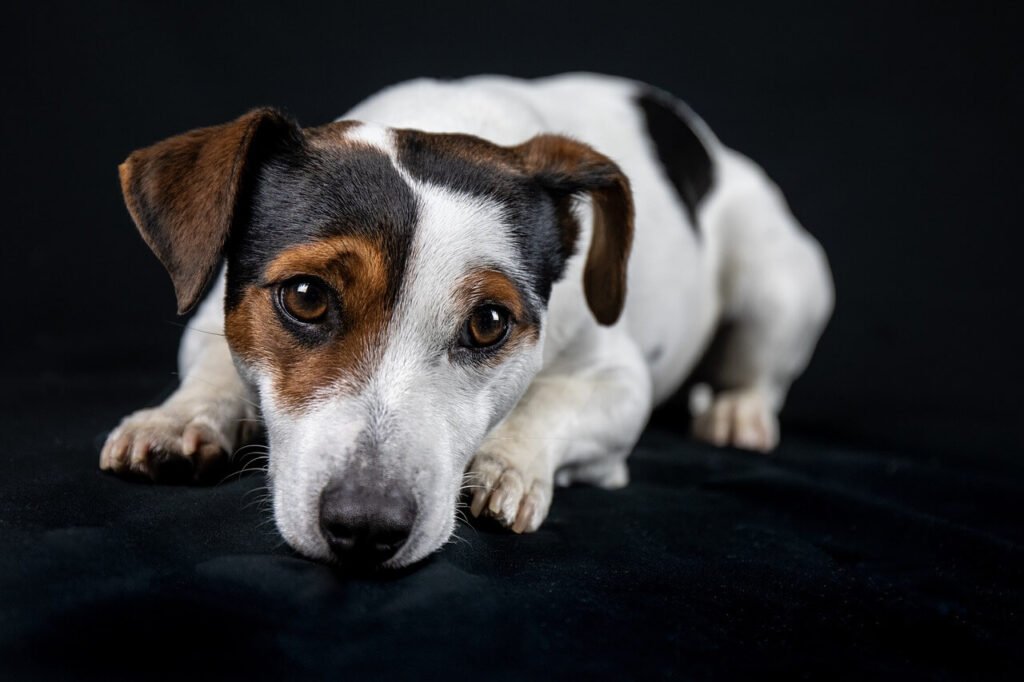
Signs of Bleach Poisoning in Dogs | What It Could Mean |
|---|---|
Excessive drooling | Irritation in the mouth or throat |
Vomiting | Attempt to expel toxic substance |
Coughing or gagging | Possible respiratory irritation |
Lethargy or weakness | Systemic reaction to toxins |
Redness or burns around the mouth | Direct contact with bleach |
Long-Term Effects of Bleach Ingestion
While immediate treatment is critical, it’s also important to understand the potential long-term effects of bleach ingestion. Here’s what you should be aware of:
Damage to Internal Organs: Prolonged exposure to bleach can harm vital organs like the liver and kidneys, leading to chronic health issues.
Gastrointestinal Problems: Bleach can irritate the stomach lining, causing ulcers or persistent digestive issues.
Respiratory Complications: Inhalation of bleach fumes during ingestion can lead to ongoing breathing difficulties or infections.
Behavioral Changes: Some dogs may become anxious or fearful after traumatic experiences involving toxins.
Increased Sensitivity: Dogs who ingest bleach once may develop heightened sensitivity to chemicals in the future.
Monitoring your dog’s recovery process is key to catching any lingering issues early. Regular check-ups with your vet can help ensure your dog remains healthy in the long run.
Preventing Future Incidents
Prevention is always better than cure. To safeguard your dog from accidental bleach ingestion, follow these tips:
Store Cleaning Products Safely: Keep all cleaning supplies, including bleach, out of your dog’s reach. Use high shelves or locked cabinets.
Clean Up Spills Immediately: Accidental spills happen, but addressing them right away reduces the risk of your dog coming into contact with hazardous substances.
Supervise Your Dog: Keep an eye on your dog, especially in areas where cleaning products are used or stored.
Use Pet-Safe Cleaners: Opt for non-toxic, pet-friendly cleaning solutions whenever possible to minimize risks.
Educate Family Members: Ensure everyone in your household understands the importance of keeping harmful substances away from pets.
By implementing these precautions, you can create a safer environment for your dog and reduce the likelihood of accidents occurring.
Common Household Items That Are Dangerous to Dogs
Many pet owners are unaware of the everyday household items that can pose a serious threat to their dogs. Beyond bleach, several other substances can be equally harmful if ingested. Here’s a list of common dangers to watch out for:
Medications: Over-the-counter and prescription drugs, such as ibuprofen or antidepressants, can be toxic to dogs even in small doses.
Chocolate and Candy: Chocolate contains theobromine, which is highly toxic to dogs, while xylitol (a sugar substitute) can cause severe reactions.
Cleaning Products: Besides bleach, other cleaners like ammonia-based solutions or drain openers can irritate or damage your dog’s system.
Plants: Certain houseplants, such as lilies, philodendrons, and pothos, are poisonous if chewed or swallowed.
Small Objects: Coins, batteries, and small toys can cause choking hazards or internal blockages if swallowed.
Being aware of these potential hazards allows you to create a safer home environment for your dog. Prevention starts with identifying and securing anything that could harm them.
Signs Your Dog Needs Emergency Veterinary Care
While some cases of bleach ingestion may not seem urgent at first glance, certain symptoms indicate the need for immediate veterinary attention. Recognizing these signs can help you act quickly and potentially save your dog’s life:
Difficulty Breathing: Rapid or labored breathing suggests respiratory distress, often caused by inhaling bleach fumes.
Excessive Drooling or Foaming: This could indicate irritation or burns in the mouth, throat, or stomach lining.
Collapse or Seizures: These are severe symptoms that signal poisoning or systemic shock.
Persistent Vomiting or Diarrhea: Continuous vomiting or bloody stools point to significant gastrointestinal damage.
Lethargy or Unresponsiveness: A lack of energy or inability to respond to stimuli is a red flag for toxicity or organ failure.
If you notice any of these symptoms, don’t wait—seek emergency veterinary care immediately. Time is of the essence when dealing with toxic substances.
How to Create a Pet-Friendly Cleaning Routine
Keeping your home clean doesn’t have to come at the expense of your dog’s safety. By adopting a pet-friendly cleaning routine, you can maintain a hygienic space without exposing your furry friend to harmful chemicals. Here’s how to get started:
Switch to Natural Cleaners: Use vinegar, baking soda, or castile soap as alternatives to harsh chemical cleaners.
Dilute Solutions Properly: If you must use bleach or similar products, ensure they’re heavily diluted and used sparingly.
Clean When Your Dog Isn’t Around: Allow cleaning products to dry completely before letting your dog back into the area.
Ventilate Your Home: Open windows or use fans to disperse fumes from cleaning products, reducing the risk of inhalation.
Train Your Dog to Avoid Hazardous Areas: Teach commands like “leave it” or “stay” to prevent your dog from approaching dangerous zones.
By incorporating these practices into your routine, you can strike a balance between cleanliness and safety. A little effort goes a long way in protecting your dog from accidental exposure to toxins.
Frequently Asked Questions About Dogs and Bleach Ingestion
How much bleach is toxic to dogs?
Even small amounts of undiluted bleach can be harmful. Diluted bleach poses less risk, but it’s still best to consult a vet regardless of the quantity consumed.
Can I give my dog milk after they drink bleach?
No, giving milk without veterinary advice can exacerbate the problem. Always consult a professional before administering anything.
Will my dog recover fully after drinking bleach water?
Many dogs recover fully with prompt treatment, but some may experience long-term effects. Regular vet visits are essential to monitor their health.
Is it safe to induce vomiting if my dog drank bleach?
No, inducing vomiting can cause additional injuries. Leave this decision to your veterinarian.
What should I do if my dog shows no symptoms after drinking bleach?
Even if your dog appears fine, contact your vet immediately. Some symptoms may take time to appear, and early intervention is crucial.
Stay Calm and Act Quickly
Discovering that your dog drank bleach water is undoubtedly distressing, but staying calm and taking swift action can save their life. By understanding the risks, following immediate care steps, and preventing future incidents, you can protect your loyal companion from harm. Remember, your veterinarian is your greatest ally in such situations—never hesitate to reach out to them for guidance. With love, vigilance, and proper care, you can ensure your dog stays happy and healthy for years to come.
Cat Fever Treatment: Best 7 Expert Tips! Discover expert advice on identifying, managing, and treating fever in cats to ensure their quick recovery and well-being.
Understanding Meloxicam for Cats: Best 7 Expert Tips! Learn how to safely administer meloxicam, manage side effects, and ensure your cat's comfort with expert advice on feline pain relief.
Amoxicillin for Cat UTI: Best 7 Expert Tips! Discover safe usage, dosage guidelines, and expert advice on treating feline urinary tract infections effectively with amoxicillin.
Understanding Cat Cancer Treatment: Best 7 Expert Tips! Discover expert advice on managing feline cancer, from early detection to treatment options, ensuring your cat’s health and comfort.

